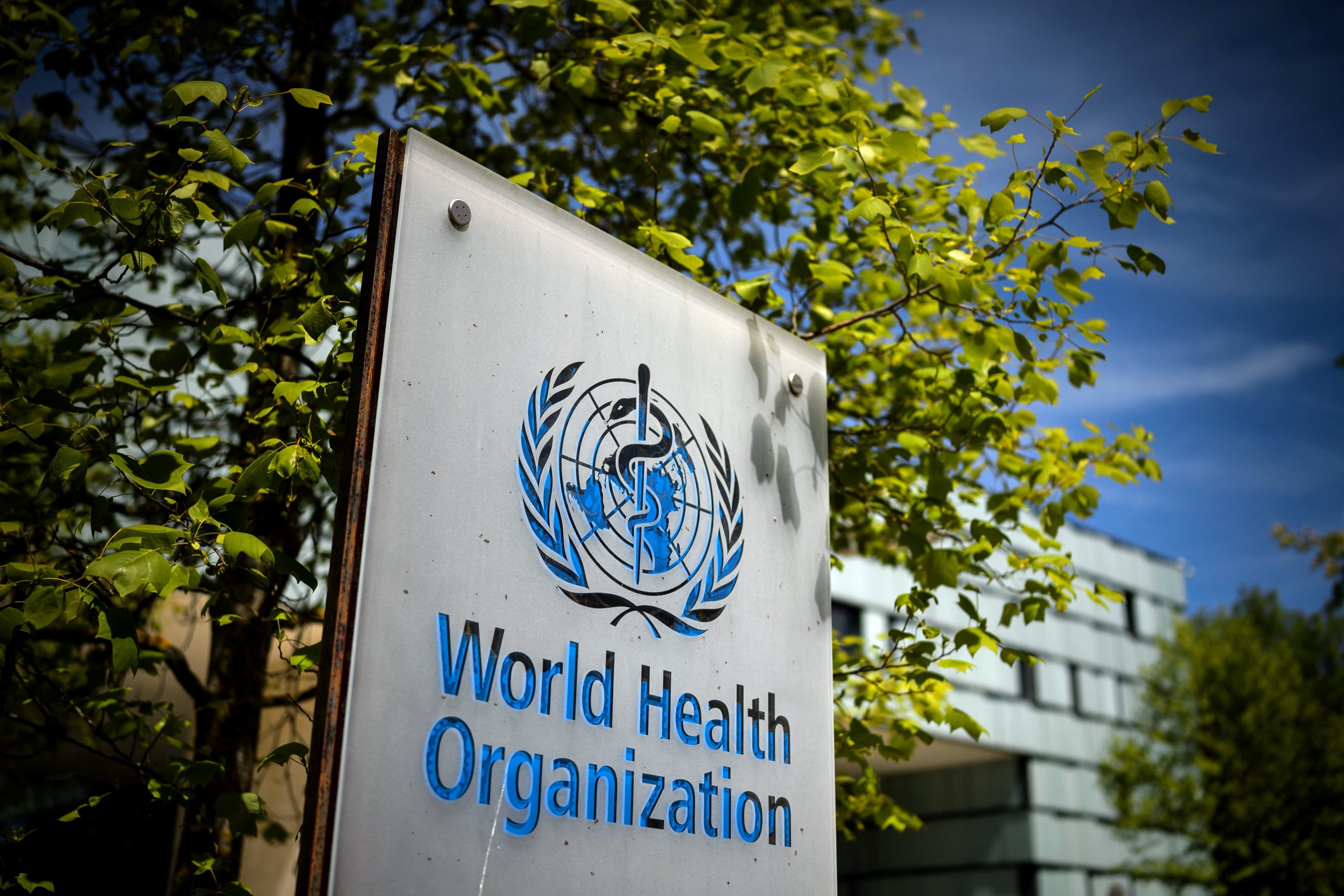An Ebola-related disease with no known cure has been spotted in two African nations.
On Monday, the World Health Organization said Marburg disease has struck Equatorial Guinea, according to USA Today.
So far, nine people have died and 16 people are experiencing symptoms that include fever, fatigue, diarrhea and vomiting, according to the WHO.
According to Reuters, neighboring Cameroon has found two suspected cases in a community on the border with Equatorial Guinea, said Robert Mathurin Bidjang, the public health delegate for the region.
Similar to Ebola, the Marburg virus originates in bats and spreads among people who have close contact with the bodily fluids of infected people, USA Today reported.
This is deeply worrisome… Cameroon detects two suspected cases of Marburg virus near Eq. Guinea https://t.co/uKfuVups3L
— Dr. Saskia Popescu (@SaskiaPopescu) February 14, 2023
In 2004 and 2005, an outbreak of the Marburg virus in Angola infected 252 people and killed 90 percent of individuals, according to Axios.
“Marburg is highly infectious. Thanks to the rapid and decisive action by the Equatorial Guinean authorities in confirming the disease, emergency response can get to full steam quickly so that we save lives and halt the virus as soon as possible,” said Matshidiso Moeti, WHO regional director for Africa, on Monday.
In a statement, the WHO said it was sending “health emergency experts in epidemiology, case management, infection prevention, laboratory and risk communication to support the national response efforts and secure community collaboration in the outbreak control.”
Marburg disease was detected in 1967 when outbreaks took place at the same time in Marburg and Frankfurt in Germany and in Belgrade of what is now Serbia, according to the United Nations.
The federal Centers for Disease Control and Prevention said that the virus is carried by the African fruit bat.
“This African fruit bat is a sighted, cave-dwelling bat that is found widely across Africa. Given the fruit bat’s broad geographic spread, more areas are potentially at risk for outbreaks of MVD than previously suspected. The virus is not known to be native to other continents, such as North America,” the CDC wrote on its website.
The CDC said mine workers who labor in mines where the bats live are often those who contract that virus.
According to the WHO, the disease has a fatality rate that can be as high as 88 percent.
“Currently there are no vaccines or antiviral treatments approved for MVD. However, supportive care — rehydration with oral or intravenous fluids — and treatment of specific symptoms, improves survival,” the WHO said on its website.
The WHO said those infected show symptoms within five to seven days.
“In fatal cases, death occurs most often between 8 and 9 days after symptom onset, usually preceded by severe blood loss and shock,” the WHO said.
This article appeared originally on The Western Journal.

























 Continue with Google
Continue with Google